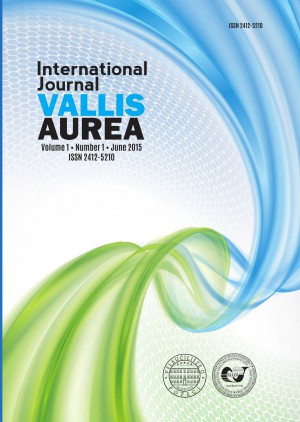DIGITAL TECHNOLOGY AND SECOND LANGUAGE ACQUISITION IN PRE-SCHOOL AGE
DIGITAL TECHNOLOGY AND SECOND LANGUAGE ACQUISITION IN PRE-SCHOOL AGE
Author(s): Mirna Harwood, Abdul Rahman OmarSubject(s): Library and Information Science, Library operations and management, Communication studies, Preschool education, ICT Information and Communications Technologies
Published by: Sveučilište J.J. Strossmayera u Osijeku, Fakultet Turizma i ruralnog razvoja u Požegi (Veleučilište u Požegi)
Keywords: digital technology; apps; pre-school children; English as a second language; L2;
Summary/Abstract: This paper presents a study investigating the use of digital technology - tablets and mobile phones by six pre-school children in Požega, Croatia and the way this technology facilitated the English language learning process through its content. The children involved were two boys and four girls aged between four to five. The paper’s introduction reflects on today’s widespread use of digital technology amongst the young learners. The study itself was conducted using two quantitative research methods – contextual interviews with the pre-school children and interviews with the children’s parents. The study findings indicated that the children preferred multimodal content such as cartoons and video games with colourful themes or characters, that prompt or ask questions, i.e. encourage participation. A strong preference for English speakers changing pitch and tone within the content was also indicated in the findings. The findings pointed to children’s preference towards music videos – nursery rhymes teaching letters, numbers or colours. Finally, gaming videos and tutorials were a common choice of content for all six children, where they were mostly exposed to visual and aural prompts. In conclusion, the children independently selected multimodal content: cartoons, videos games, tutorials, gaming videos and nursery rhymes which all shared visual, aural, linguistic and spatial modes of communication. The research provided a valuable insight into the type of digital content that pre-school children opt for in non-educational environment and how they acquire basic communication skills in English as a result.
Journal: Vallis Aurea (Journal of Sustainable Development and Innovation)
- Issue Year: 7/2021
- Issue No: 2
- Page Range: 31-40
- Page Count: 10
- Language: English

